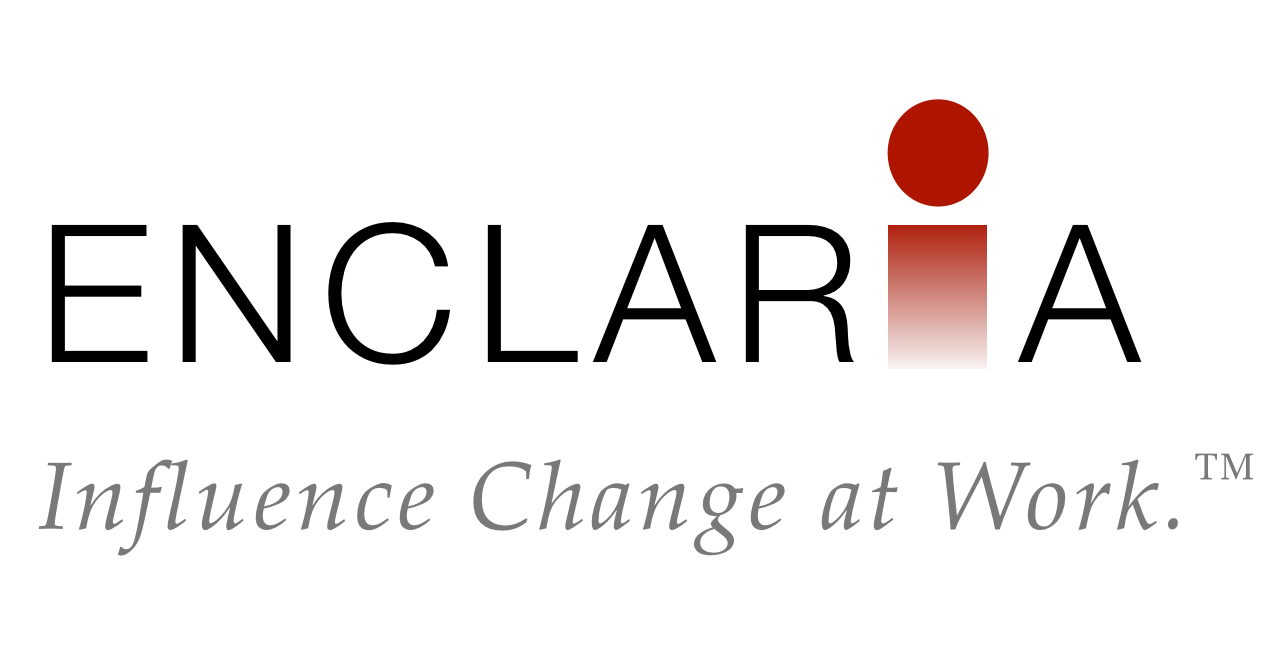Anyone who has implemented change in an organization has encountered it:Â the feeling that you are dragging a heavy weight, or pushing a boulder uphill, or swimming upstream, or banging your head against the wall. The label we put on the sense of being slowed down or stuck is resistance.
Taking the resistance label at face value causes us to blame others for not immediately changing, and gives the impression that there are people in the organization who are either rising up or using subversive methods to stop the change initiative. If we treat resistance as something to be overcome by pushing harder, we end up getting more resistance in return. It is a dangerous mindset for a change agent to believe that the people in the organization are essentially the enemy, needing to be quashed.
The truth is resistance is not something to be overcome, but something to be uncovered. Resistance is in the eye of the beholder. In fact, what change agents experience as resistance when someone else does it seems rational and justified when we do it ourselves.
The following are behaviors commonly interpreted as resistance, plus the real story behind them.
Push Back
As a change agent, when someone speaks up against the change, giving reasons why it won’t work, it is easy to get defensive. If you brush it off as excuses that can be ignored, you are missing a great opportunity to gain buy-in. First of all, their warning might be a valid point that you had not considered, so it would be wise to pay attention. And, the more you listen to, understand, and address concerns, the more they will feel like a participant in the change instead of someone to be bowled over.
Procrastination
Someone keeps putting off tasks that you think they should have completed yesterday. When people seem to do everything else first before working on the change, it may be that their priorities are out of whack, or simply different from yours. They believe they will be most successful by focusing on other things. Or, it could be that they are avoiding the change out of fear, lack of skills, or confusion.
Malicious Compliance
Sometimes people say they agree with the change and go through the motions. They do exactly what is asked – to a fault. It seems they remove themselves from accountability by precisely following instructions, even if a better outcome would come from using their own ingenuity. The term “malicious compliance,” like resistance, indicates a sinister intent; however, it could be that the bare minimum is all they have time for, or that fear is preventing them from coloring outside the lines.
Laying Low
Others during change keep their head down, seeming to not want to get involved. They might think they can outlast the change initiative if they just pretend it’s not happening. Based on past experience or the messages they are getting from leadership, they believe that if they wait long enough, the change will just go away. Understanding why they are hiding in plain sight can reveal gaps in your implementation that are leaving people skeptical about leadership resolve.
Going Rogue
Sometimes a person, group or department will take the change and run with it – in a direction you may not have intended. Or they might tweak the process or the message in a way that diminishes alignment and consistency with the rest of the organization. To you it seems like they are not going with the program. But to the people going through the change, it feels like ownership. They are putting their own stamp on it to make it fit, and to feel a sense of control.
Resistance is what you feel after telling yourself a story to interpret others’ behaviors that seem to be working against the change. Ask yourself: What is an alternate story that might explain their behavior? Work with the people going through the change to uncover what is really behind the mask of resistance.
